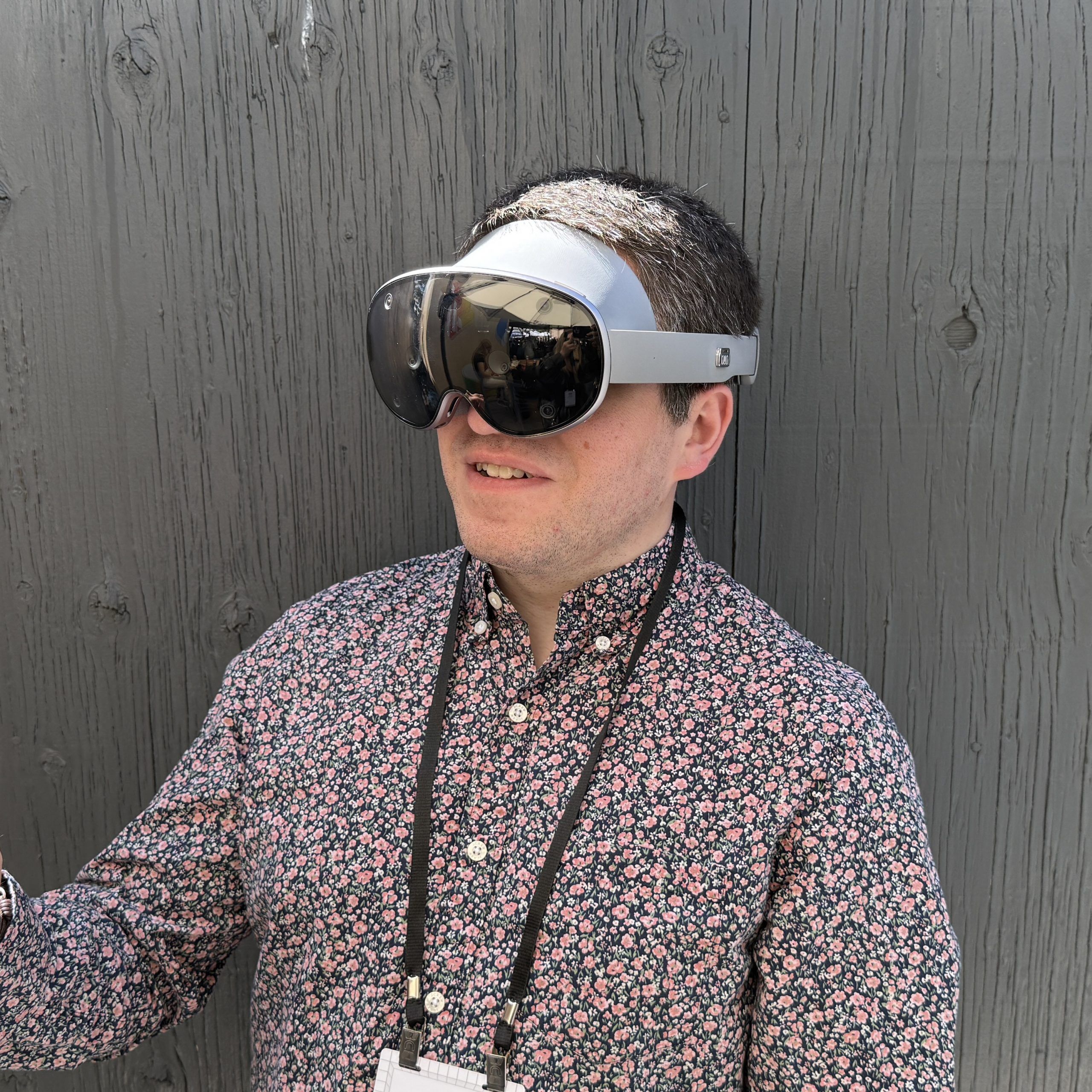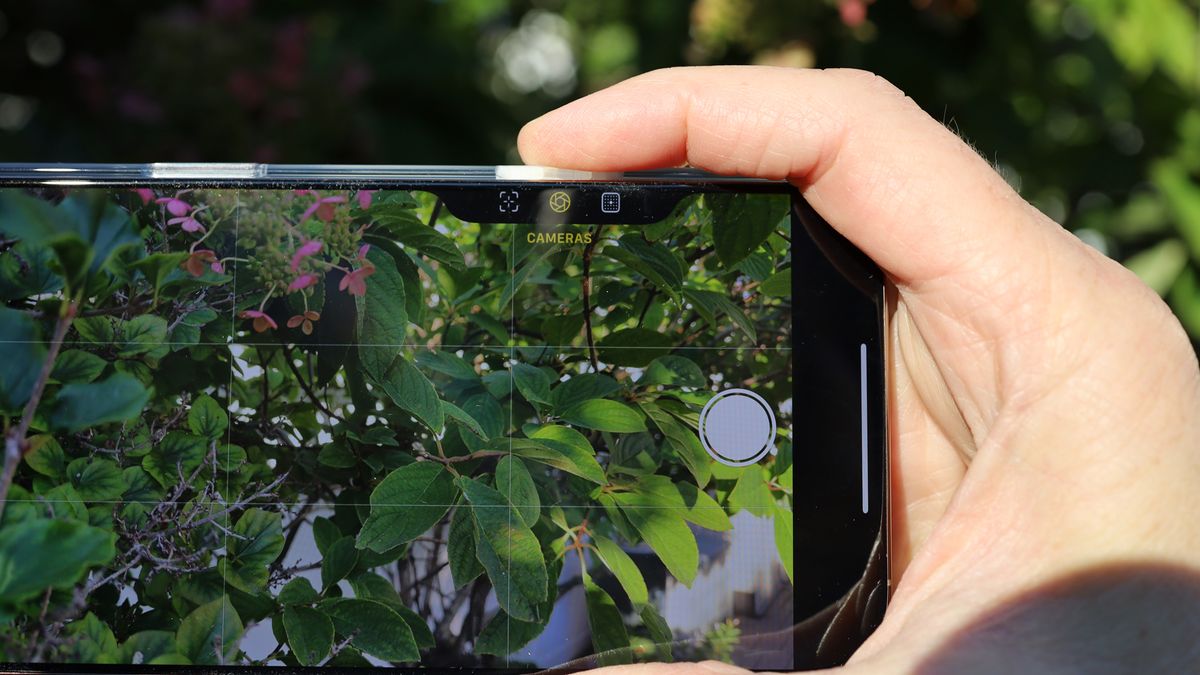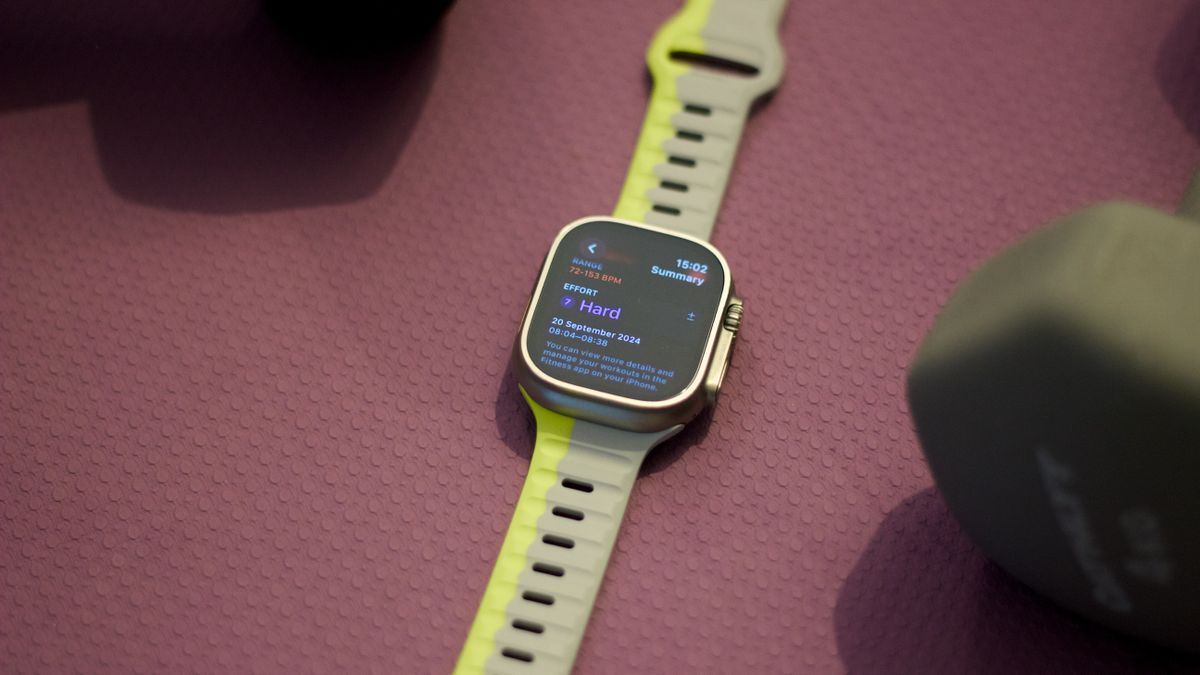- A reference point for the Moohan Project headset has been seen
- Point towards the Snapdragon XR2+ Gen 2 for the CPU
- The headset is expected to be launched in the second half of the year.
We are getting closer and more to the launch of Project Moohan, the Android XR (extended reality) headset that Google and Samsung work, and a new leak may have revealed the chipset that the device will be fed.
A reference point detected on the web by Tipster @yabhishekhd (through GSMARENA), which coincides with the Project Moohan model, has revealed details that point towards the very capable Snapdragon XR2+ Gen 2 as the internal processor.
We already knew that the device would execute a chipset made by Qualcomm, but now we have a great track about the specific model. The Snapdragon XR2+ Gen 2 was announced in early 2024, and has previously been linked to Google and Samsung headphones.
This same reference point indicates that the Project Moohan device could execute Android 14, specifically adapted for virtual and augmented reality, and will be equipped with 16 GB of RAM on board.
What we expect
The Samsung Moohan SM-I610 XR project saw in Geekbench with Adreno 740 GPU. pic.twitter.com/yfnxh45ZRMMay 27, 2025
The Snapdragon XR2+ Gen 2 is largely a chipset built for this type of device, which admits a full color transmission, Wi-Fi 7 of low latency and numerous specialized virtual reality technologies, including a feature of space warp that tries to reduce the movement skinness.
In fact, we were able to try Project Moohan in Google I/O 2025, informing that Gemini AI's adjusted integration is currently the most outstanding feature. In our demonstration, he identified the species of a tree directly and provided some facts in this regard.
Google and Samsung are using the XR label to cover a variety of virtual reality, mixed reality and augmented reality experiences. Basically they are different combinations of completely closed digital worlds and superimposed digital graphics in the real world.
Other Android XR devices are on their way, including smart glasses that deviate much more towards the end of the augmented reality of the XR spectrum. These hardware pieces should begin to be launched during the second half of the year.
You may also like









